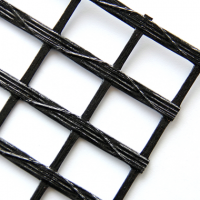Geogrids
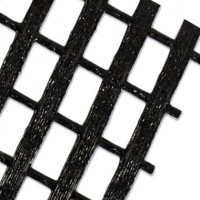
ACEGrid® FR
Flame-Retardant Polymer Grids for Mining Protection ACEGrid® FR are flame-retardant, high-str...
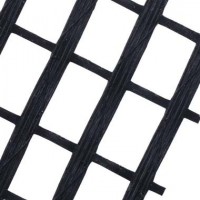
ACEGrid® GN
Woven PET Geogrids with Durable and Environmentally Friendly Coating for Soil Reinforcement ACEGr...
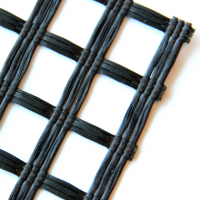
ACEGrid® GA
Fiberglass Geogrids coated with Bitumen for Road Asphalt Reinforcement ACEGrid® GA are bitume...
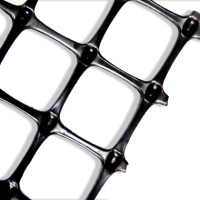
ACEGrid® GDP
Extruded Biaxial PP Geogrids for Base Reinforcement and Subgrade Stabilization ACEGrid® GDP a...

ACEGrid® GDE
Extruded Uniaxial HDPE Geogrids for Soil Reinforcement ACEGrid® GDE are integrally formed uni...
